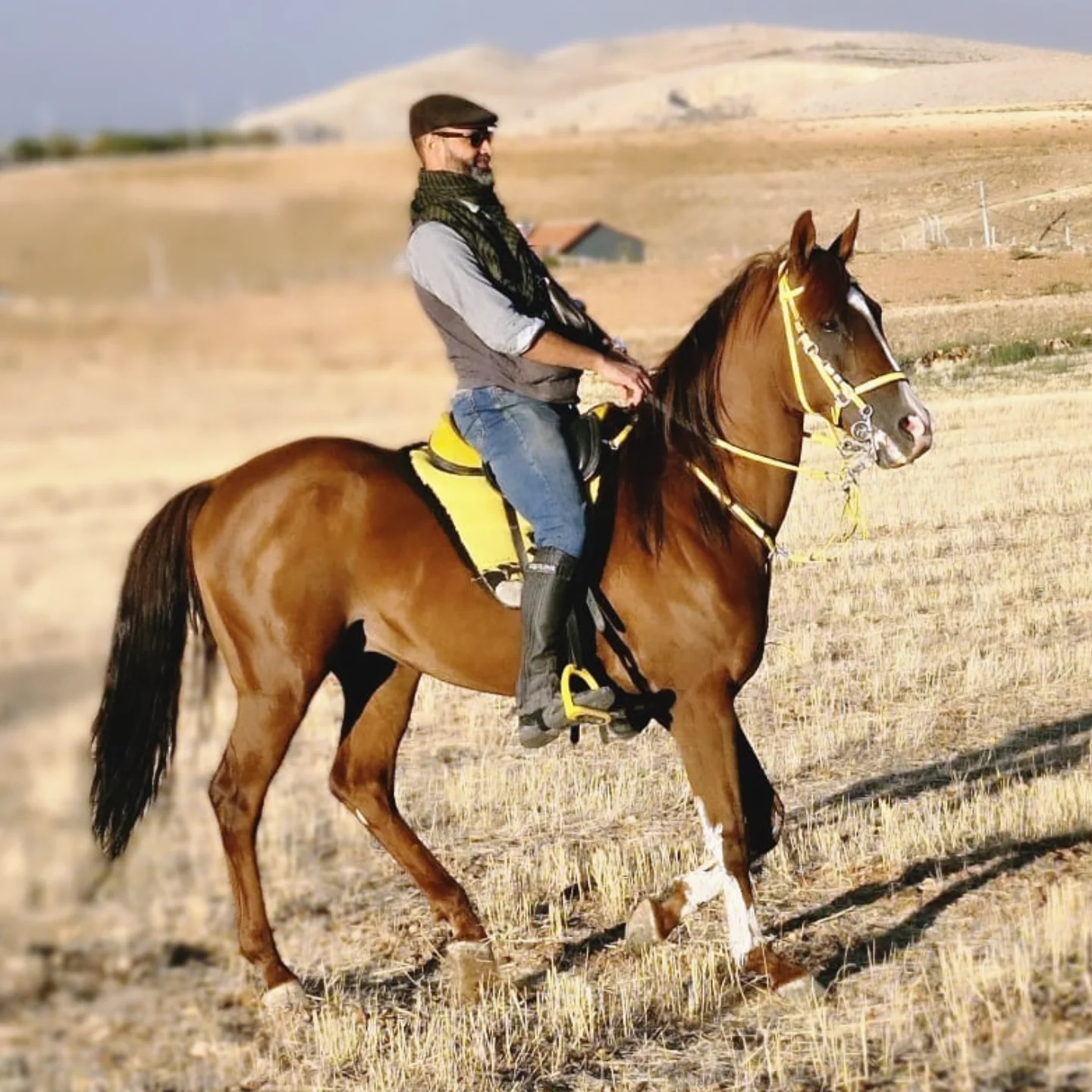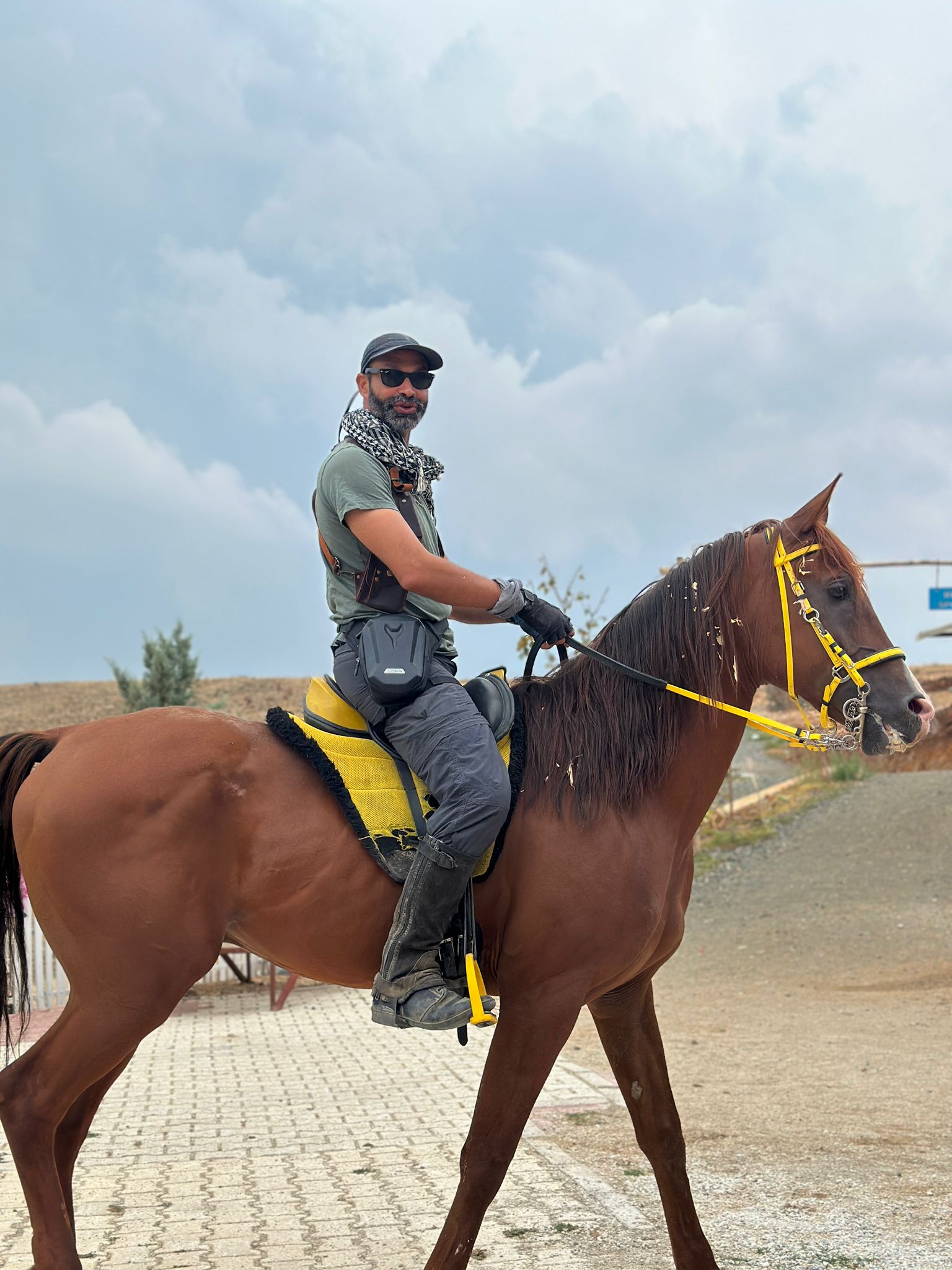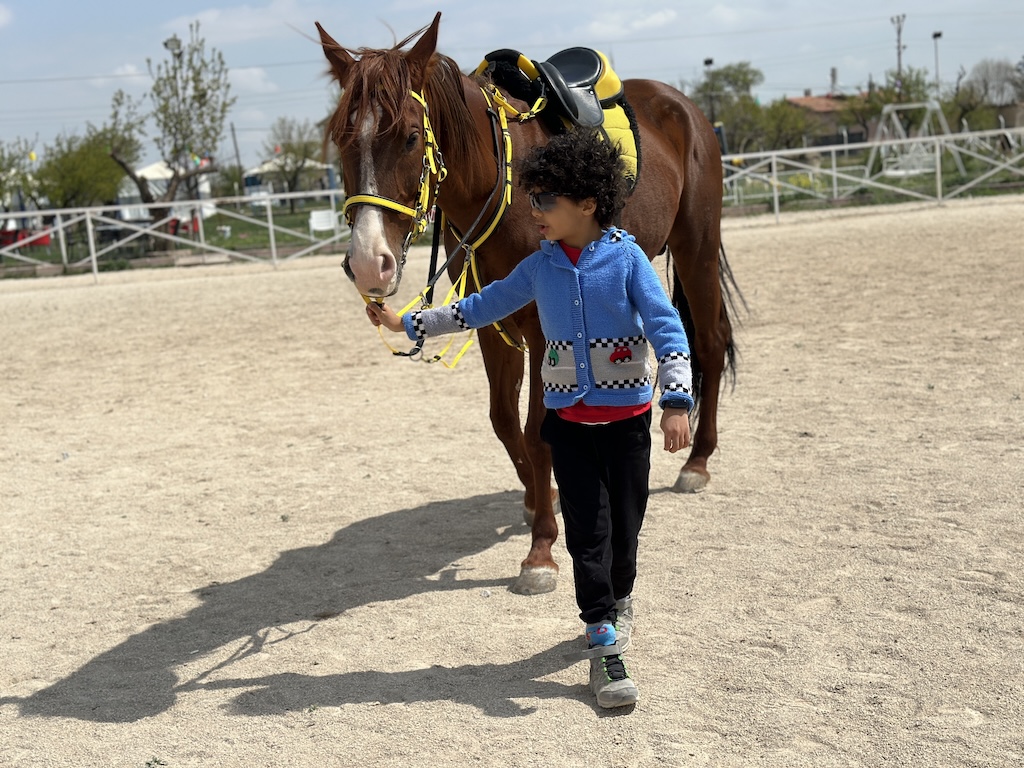
20 Things Every New Rider Must Know (Before You Fall Off & Break Something)
Oct 21, 2025
Why I Wrote This (And Why You Need It)
I didn’t write this because someone told me to. I wrote it because I’ve seen too many new riders fall , not just off horses, but into a cycle of fear, confusion, and silence.
I’ve watched beginners buy saddles that weighed more than they did, ride without helmets, and trust trainers who couldn’t sit straight in the saddle themselves. I’ve seen horses suffer from neglect, abuse, and poor training , all while their owners were told, “It’s not a good horse.”
That phrase , “It’s not a good horse” , is a lie. A cover-up. A way to avoid responsibility. And it’s killing real horsemanship.
I’ve been there. I was once that rider , wide-eyed, excited, willing to believe anything. I thought riding was about control. About dominance. About speed. Then I learned: real riding is about listening. About respect. About safety.
Not just for you. For your horse.
So here it is. Not a list of rules. Not a textbook. This is a guide, written by someone who’s fallen, gotten up, and kept going. Someone who’s learned the hard way that safety isn’t optional. It’s the foundation.
If you’re new to riding, this is your starting point. Your shield. Your map.
Because when you don’t know what you don’t know… that’s when danger hides.

1. Helmets Are Not Fashion , They’re Survival
You’re not cool if you skip the helmet. You’re just risking your life. No exceptions. Even on a calm trail, a stumble can turn deadly. A helmet isn’t a suggestion , it’s non-negotiable. If you can’t afford one, find a way. Ask. Borrow. Save. But wear it.
2. Your Horse Doesn’t Owe You Safety , You Owe Him
Horses are not machines. They don’t exist to carry you through life. They’re sentient beings with instincts, emotions, and limits. When you ride, you’re asking them to do something unnatural , move at your command, under pressure, in unfamiliar spaces. That’s why your responsibility is greater than theirs. You must protect them. Not just from injury, but from fear.
3. Every Ride Has a Reason , Or It’s a Waste of Time
No random loops. No mindless trotting. Every session should have a purpose: conditioning, balance, groundwork, or communication. Ask yourself: Why am I riding today? If you can’t answer, stop. The horse deserves better. So do you.
4. Check Your Horse Before You Mount
This isn’t just tradition. It’s medicine. Look at his hooves. His legs. His back. Is he sore? Swollen? Limping? Did he eat? Was he groomed? If you don’t check, you’ll miss the signs of pain, injury, or illness. And then, you’ll be riding on a ticking time bomb.
5. Tack Matters , More Than You Think
A poorly fitted saddle can cause back pain, muscle loss, and long-term damage. A worn bridle can slip. A broken girth can snap mid-ride. Inspect your gear before every use. If it looks old, frayed, or unstable , replace it. Don’t gamble with your horse’s comfort or your own safety.
6. Boots Are Not Just for Style , They’re for Grip and Protection
Your feet need to stay in place. Thick, grippy boots with a heel prevent you from slipping forward. They also protect against rocks, branches, and accidental kicks. Avoid flip-flops, sandals, or shoes with no heel. Your feet aren’t decoration.

7. Body Armor: The Invisible Shield
A vest isn’t flashy. It’s practical. In jumping, cross-country, or even a sudden fall, a body protector can save your spine, ribs, and organs. Air vests are lightweight and popular. Don’t skip it. Especially as a beginner. You’re not invincible.
8. Know How to Fall , Because You Will
Falling is not failure. It’s part of learning. But falling safely? That’s skill. Learn how to roll, how to dismount properly, how to let go of the reins without grabbing the horse’s mane. Practice off-horse. Your body will thank you.
9. Never Assume , Always Verify
Just because a trainer says “he’s fine,” doesn’t mean he is. Just because a farm says “we take care of horses,” doesn’t mean they do. Ask questions. Demand proof. See the stall. Watch the horse walk. Check the medical records. If they refuse , walk away.
10. The Saddle Scam Is Real , And It’s Profit-Driven
Heavy traditional saddles? 6–8 kg? They’re not authentic. They’re outdated. They hurt horses. They throw off balance. They’re sold to beginners because they make money. Don’t fall for it. Choose light, well-fitted tack. Your horse will thank you.
11. Riders Without Skills Are Dangerous , Even to Themselves
If the trainer can’t ride, they can’t teach. Look at their form. Their balance. Their hands. Are they jerking? Swinging? Overcorrecting? That’s not riding , that’s panic. If you see it, leave. Your horse deserves better.
12. “It’s Not a Good Horse” Is a Red Flag , Not an Explanation
This phrase is used to sell horses. To push sales. To hide bad training. If your horse acts up, it’s not always the horse. It’s often the rider. Or the method. Don’t blame the animal. Fix the system.
13. Trust Your Gut , It’s Usually Right
If something feels off , the farm, the trainer, the horse’s condition , don’t ignore it. Walk away. Silence isn’t peace. It’s complicity. Your intuition is sharp. Listen to it.
14. Horses Need Exercise , Even When You’re Away
They’re not machines. They’re athletes. They need movement. Socialization. Fresh air. If you leave them in a stall for weeks, they’ll become stiff, anxious, and depressed. Make sure they’re walked daily. Out of the stall. With other horses.
15. Use Your Equipment , But Only with Permission
Your saddle, bridle, and boots are yours. If someone uses them without asking, it’s theft. Even if they’re “just borrowing.” Set boundaries. Get agreements in writing. Respect ownership.
16. Riding Isn’t Just for Fun , It’s a Discipline
It requires focus, patience, and consistency. You won’t master it in eight lessons. You won’t “get it” after one canter. Progress comes from repetition, reflection, and growth. Treat it like a craft , not a hobby.
17. Communication Is Key , But It Starts with Listening
Real riding isn’t about commands. It’s about signals. About feel. About reading the horse’s body language. Does he tense? Shift weight? Breathe faster? Respond. Don’t force. Understand.
18. Know Your Limits , And Respect Them
If you’re tired, scared, or unsure , stop. Don’t push. Pushing leads to accidents. Pushing leads to fear. Pushing leads to burnout. Honor your boundaries. Your horse will follow.
19. Education Beats Ego Every Time
Don’t believe everything you hear. Read books. Watch videos from trusted sources. Take lessons from qualified instructors. Knowledge is power. And power protects both you and your horse.
20. You’re Not Alone , But You Must Be Prepared
There are people out there who care. Who ride with integrity. Who treat horses like partners. Find them. Join them. Share stories. Learn together. But never forget: your responsibility starts with you.
Final Word: Safety Isn’t Fear , It’s Care
Safety isn’t about being afraid to ride. It’s about caring enough to do it right. To protect your horse. To protect yourself. To protect the bond.
Because when you ride with purpose, with discipline, with honesty , you’re not just riding a horse.
You’re building a relationship.
And that’s worth protecting.
So go ahead. Mount up. But do it smart. Do it safe. Do it with heart.
And remember: To ride him is not a right , it’s a privilege. One earned with respect. One honored with care.